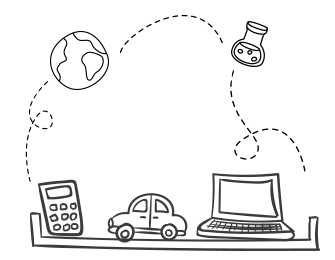
Modern teaching strategies promote an active learning, collaboration between the students, and their advantages allow realization of multiple social interactions, development of the cognitive, social, communicational and interpersonal intelligence competencies. In the same time, the types of strategies favor improvement of the quality of education, optimal transfer of knowledge, confrontation of ideas, comparison of the ways of learning, stimulating the taking on of individual responsibilities, students’ autonomy, critical thinking and positive attitude towards learning act. Therefore, it is important to select a teaching strategy that addresses the needs of diverse students at different learning levels.
Each student is a unique individual, different in cognitive and affective development, social maturity, ability, motivation, aspiration, learning styles, needs, interests and potential. Apart from this, there are other factors underlying student differences. These include innate differences in intelligence, differences in social and economic background, variations in past learning experiences, and perhaps variations in the level of congruence between the learner and the curriculum. In view of these factors, catering for individual differences is intended neither to narrow the gap between individuals nor to even out their abilities and performance. It should aim for understanding why students are able or unable to learn well and finding appropriate ways to help them learn better; hence, applying proper teaching strategies.
In Dar Al Uloom Schools, different types of learning are applied in the classroom in different stages of education to achieve our educational objectives, enhance students’ motivation according to their different learning needs, and to give an equal educational opportunity for all students at the same time.
